Homesteading and Self-sufficient Living
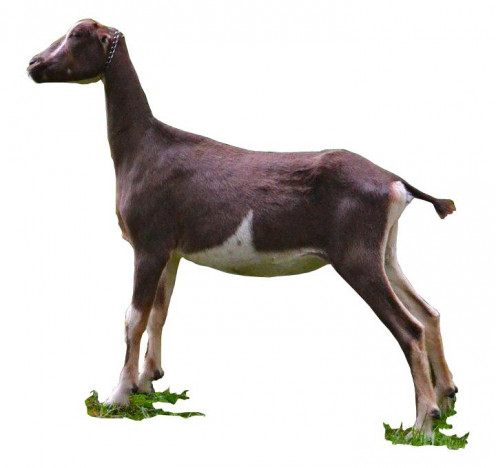
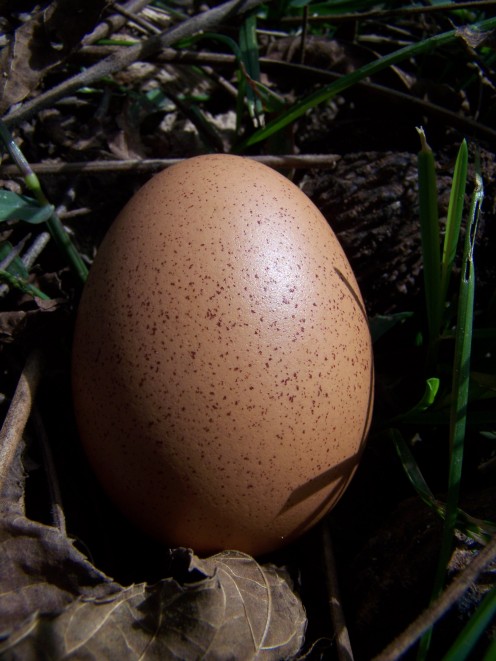
Becoming self-sufficient is not an easy task. For those new to making their own clothing and growing their own foods, taking it slowly will help you to succeed. You do not need acres of property to grow your own food and even to raise a bit of livestock.
Here are a few tips to get your homesteading dreams started on the right foot.
As time allows, I will add more homesteading tips and ideas to my Hubs!
© Copyright Notice ©
My photographs are mine, taken by me, with my camera. You may use them for personal reasons (desktop backgrounds, personal websites or you can print them for personal use.)
If you choose to use them on websites I require a link back to my HubPages. You may link to my profile or to one of my Hubs.
You may not use them without my permission or for profit.
I sell my art and if you are interested in purchasing it send me a message.
ALL of my articles are MINE and you may NOT use them for anything but reading on my page.
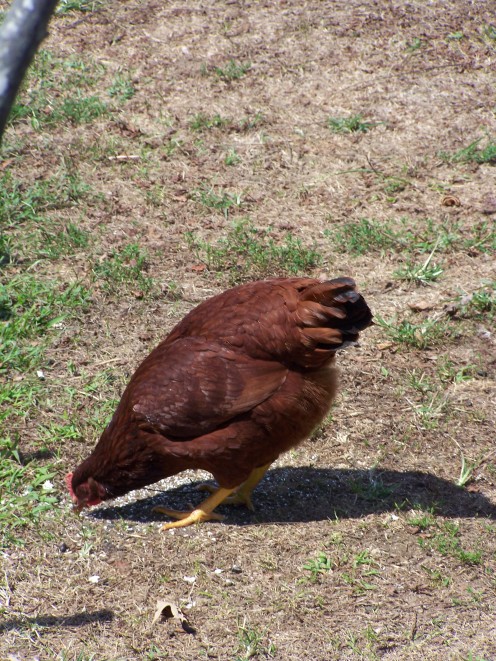
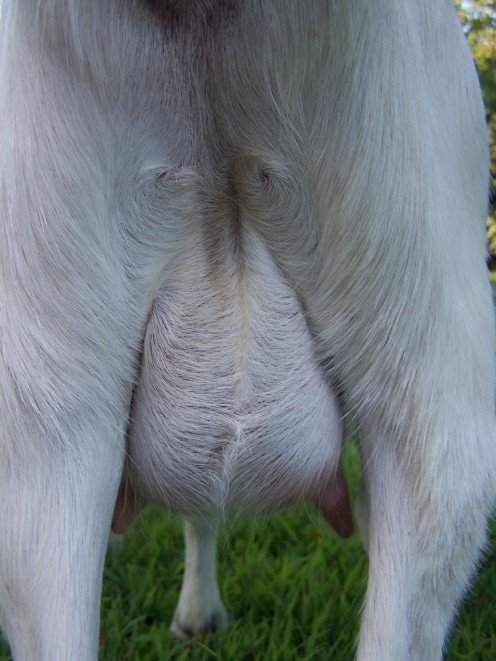
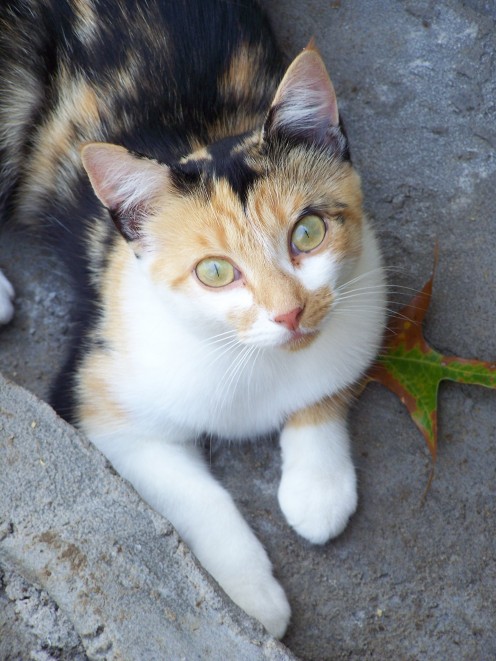
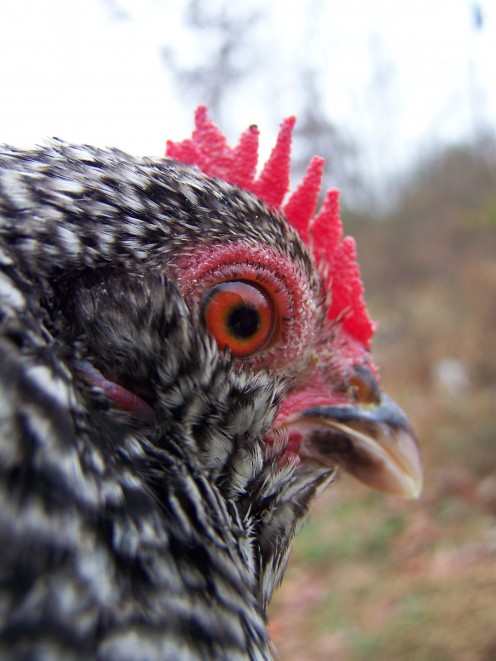

Know Your Zoning Laws:
Call your local zoning board and make sure you are allowed to grow vegetables and have livestock. If you are, what kind of livestock will they allow? How many of each type? Roosters and chickens can make quite a racket so if you have a noise ordinance, you may not be able to keep them.
Respect Those Around You:
You're allowed to have your livestock and gardens? Great! Now respect your neighbors by keeping their pens clean and your gardens as tidy as possible. If you're a bad apple, you could spoil the entire homesteading barrel for the rest of us.
If you're planning on composting, keep your piles as clean as possible and ensure they do not give off noxious odors. Vermin can be prevented by keeping your compost at a healthy temperature and by avoiding adding meat and other slow-to-compost refuse.
Keep trash, no matter how you plan to reuse it, picked up and tidy. If this means building a shed for your recycling items, then do it. The cheapest way to disguise it is to neatly drape a tarp over your treasures. Secure the tarp with stakes or even nice stones around the base.
Share Your Harvest:
Whether you know it, or not, your decision to homestead will affect others. To make your impact a good one, try sharing excess produce and eggs with your neighbors. You may just turn them on to homesteading. The more people in favor of this way of life, the better our world will be.
Start Small:
"Rome wasn't built in a day", and neither will your homestead be. Before purchasing large livestock, try chickens, or even a couple of healthy goats. Before getting livestock, try planting your gardens first. Start with a small plot, a bit larger than what you think you need. A few simple to grow garden vegetables include, tomatoes, potatoes, squash, broccoli, cucumbers, and lettuce.
Prepare and Take Care of Your Soil:
Add as much organic matter as you can before ever planting a thing. Till it all in deeply. Try to do this a year in advance. Adding red wigglers to the amended soil will really add organic fertilizer to the mix. Allowing this to settle for a year will allow the organic matter to break down and become friable for young plants to thrive in.
Mulch, Mulch, Mulch!:
Keep your weeding to a minimum by mulching every inch of your garden, deeply. I add at least six inches of organic mulch to my gardens. I then simply remove the mulch from the areas I will plant, plant my veggies and then replace the soil and mulch. My walkways are mulched as well. When you walk over the mulched pathways, it will compress and make a neat and tidy garden.
Compost Everything:
If you can eat it, it will compost. Meat and milk products will break down into fertilizer, over time. Bury this type of additive deeply into the compost pile. Compost your livestock's manure as well. Continuing to do this will keep you in good fertilizer, forever.
Grow Livestock Feed:
Growing a garden just for your livestock will help you save on feeding costs. Plant items such as tomatoes, kale, alfalfa, corn (leftover, dried corn leaves/stalks can work as a hay stretcher), berries, rose bushes (wild-type), peas, beans, collars, mangles, pumpkins, and squash. Plant also medicinals such as a black walnut tree, slippery elm, garlic, blackberries, acorn trees, raspberries, mint, mugwort, celery, parsley, knotweed, and cloves. There are several wild weedy plants that are really excellent for medicating your livestock, naturally.
Feed all of you scraps to your livestock. Chickens and pigs can eat just about everything you eat. Feed back the eggshells to the hens as they require the calcium. Simply crumple the shells a bit so they don't look like eggs.
Buy Healthy Livestock and Plants:
Buy the healthiest animals you can afford. Keep in mind, even papered animals can be crap. Make sure to study what a milk goat should look like before you buy. Tiny udders are a pain to handle. If possible, see how much milk momma and sisters are producing a day before purchasing any milk animal.
Chickens are important, too. Look for deep-bodies and a stout frame in a meat bird. They should be hefty and look vigorous. Ask the breeder when the chickens usually start to lay and if there has been trouble with egg binding or anything else. Dust your animals for mites, even if they look clean! I use a strong neem oil solution to spray my birds and other animals down with. It kills just about every type of pest. I worm often and always have black walnut extract available to my livestock to drink from, at will. They also get garlic and really hot peppers. Always keep the best of your stock for breeding, not eating!








